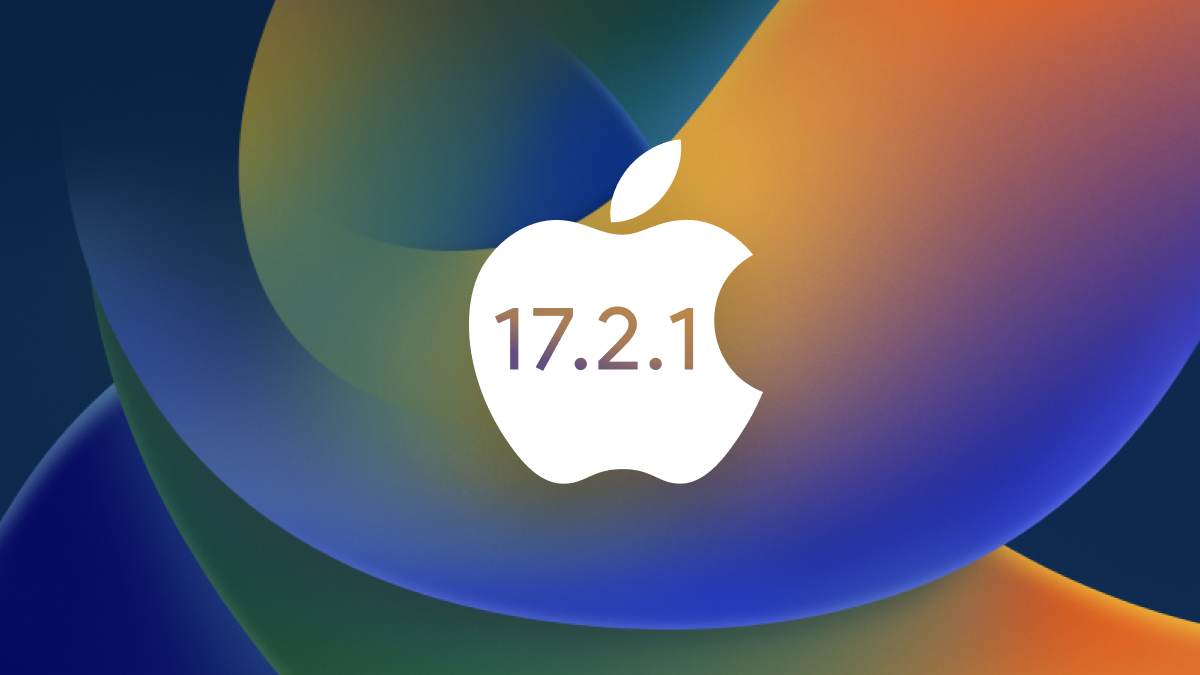iOS 17.2.1 Update Disrupts Global iPhone Connectivity
When it comes to smartphones, the significance of software is just as crucial as hardware. Updates have the potential to enhance our devices by introducing new features and improving overall efficiency. However, navigating the complexities of operating systems like Android and iOS can be a challenging task. Even the slightest misstep in the update process can lead to severe issues, affecting millions of iPhone users. Apple recently found itself grappling with such challenges following the release of iOS 17.2.1, which brought about unexpected troubles, particularly in the realm of cellular connectivity.
Released just a few days ago, iOS 17.2.1 didn't introduce any groundbreaking iPhone features. Instead, it aimed to resolve a persistent battery drain issue that users had grappled with. While the update successfully tackled one problem, it inadvertently ushered in a more vexing concern. Reports from iPhone users worldwide indicate widespread issues with cellular connectivity post the iOS 17.2.1 update.
Despite efforts to troubleshoot the problem, such as resetting the phone or restoring it to factory settings, users continue to grapple with persistent cellular connectivity issues. As of now, Apple has not issued any official statement to address or reassure users regarding this matter. On a personal note, I promptly installed the update on December 19, and after over 10 days of usage on my iPhone 14 Pro Max, I haven't encountered similar issues. While this suggests the problem might not be universal, it remains a cause for concern for those experiencing disruptions.
For users who have yet to install the iOS 17.2.1 update, exercising caution is advisable, as potential issues may arise. Apple is expected to respond to these challenges by rolling out either the 17.2.2 or 17.3 update in the near future. In the meantime, those facing problems may find a temporary solution by enrolling in the iOS 17.3 public beta program. Follow these steps to navigate the workaround:
- Enroll in the Beta Program: Visit Apple's official website.
- Backup your iPhone: Create a backup using iCloud or iTunes.
- Download beta profile: Access Settings > General > Profile.
- Install the beta: Navigate to Settings > General > Software Update.
- Follow the instructions: Download and Install the iOS 17.3 Public Beta as guided.
